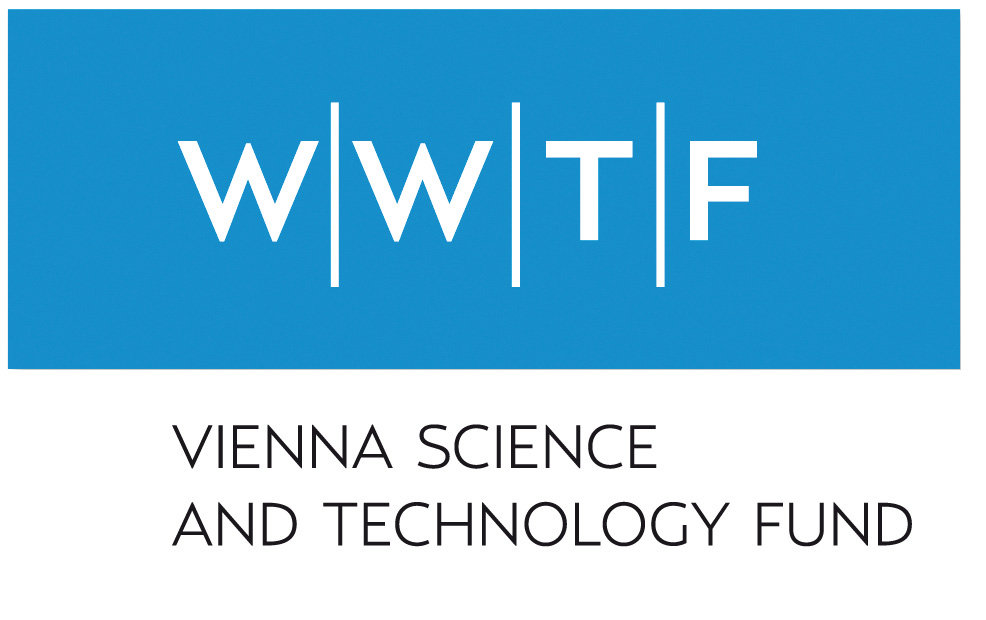Imaging of DNA folding by cohesin through time resolved single molecule light, atomic force and cryo-electron microscopy
01.05.2020 – 30.04.2024
Eukaryotic genomes are folded into loops and topologically associating domains (TADs) which contribute to chromatin structure, gene regulation and recombination. These long-range interactions depend on cohesin, an ATPase complex first identified for its role in sister chromatid cohesion. Whereas cohesin is thought to mediate cohesion as a passive topological linker, it has been proposed that cohesin actively forms loops by an unknown extrusion mechanism. Consistent with the latter hypothesis we have found that cohesin is able to compact DNA in an ATP-dependent manner, and that cohesin is a motor protein that uses its ATPase activity to generate a 10 nm power stroke against 15 pN force. Mutants unable to generate this movement cannot compact DNA, indicating that cohesin uses its motor activity to bend DNA. But how cohesin interacts with DNA and folds it remains unknown. We propose to image DNA folding by human cohesin at the single molecule level in a reconstituted system in vitro. We will image this process at multiple scales of spatial and temporal resolution, using a combination of high speed atomic force microscopy, Förster resonance energy transfer and “time-resolved” cryo-electron microscopy. The function of cohesin movements visualized by these techniques will be tested by mutagenesis and confocal imaging in cells. This multimodal imaging approach will reveal how cohesin folds DNA, which will be key for understanding genome organization, regulation and function.
Publications
no publications yet
